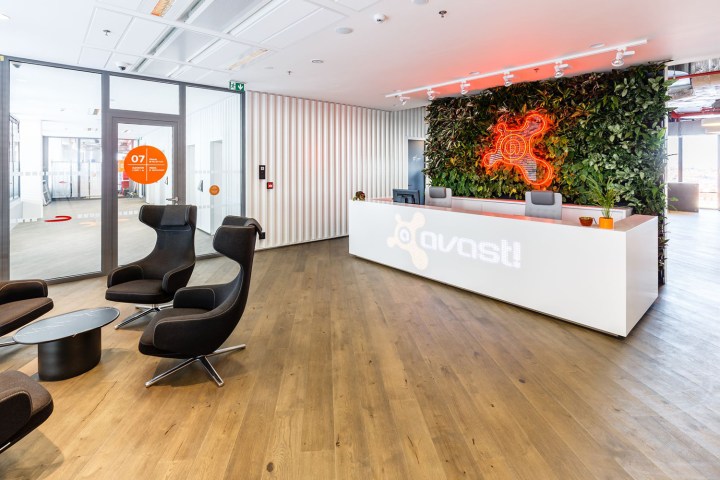
There’s a mobile revolution taking place around the world, but based on a new Global Workplace report from Steelcase, it hasn’t quite permeated our workplace. That’s right — the environments in which we spend the majority of our workweek are still decidedly landlocked, and it may just be this lack of mobile technology (and by extension, mobility) that is taking a toll on overall workplace satisfaction in companies across the United States.
According to the new report, landline phones and desktop computers still prevail in the typical American office at a ratio of 2-to-1, and over 86 percent of employers still have their employees using landlines. Moreover, 80 percent of companies require work to be done using a desktop computer, and interestingly enough, this landlocked issue is particularly prevalent in the United States.
In conducting its study, Steelcase worked alongside global research firm Ipsos to survey 12,480 workers in 17 countries. A bit concerning is the finding that a third of these workers consider themselves disengaged.
A key part of this lack of engagement, it seems, is tied to a feeling of being chained to one’s desk. According to the Steelcase report, “employees with more mobility and more control over where and how they work inside (and outside) the office are more engaged.” In fact, 88 percent of highly engaged employees say that they’re able to choose where they want to work (depending on the task at hand). And this, it would seem, points to the autonomy that comes along with having a mobile workstation — either in the form of a laptop, a mobile phone, or some other movement prone device.
That said, only 39 percent of employees are equipped with a mobile phone, and the same proportion have a laptop. Worse yet, 55 percent of workers say that they’re never allowed to work remotely, though their superiors are often more at ease coming and going at will. And while it seems widely accepted that collaborative work environments make for better results, 60 percent of the workforce works in an enclosed office.
So employers, if you’re looking for a way to boost company spirit and engagement levels, consider taking a closer look at both technology strategies and workplace setup. Those wacky open-floor startups that give their employees a laptop and some freedom may just be doing something right.


